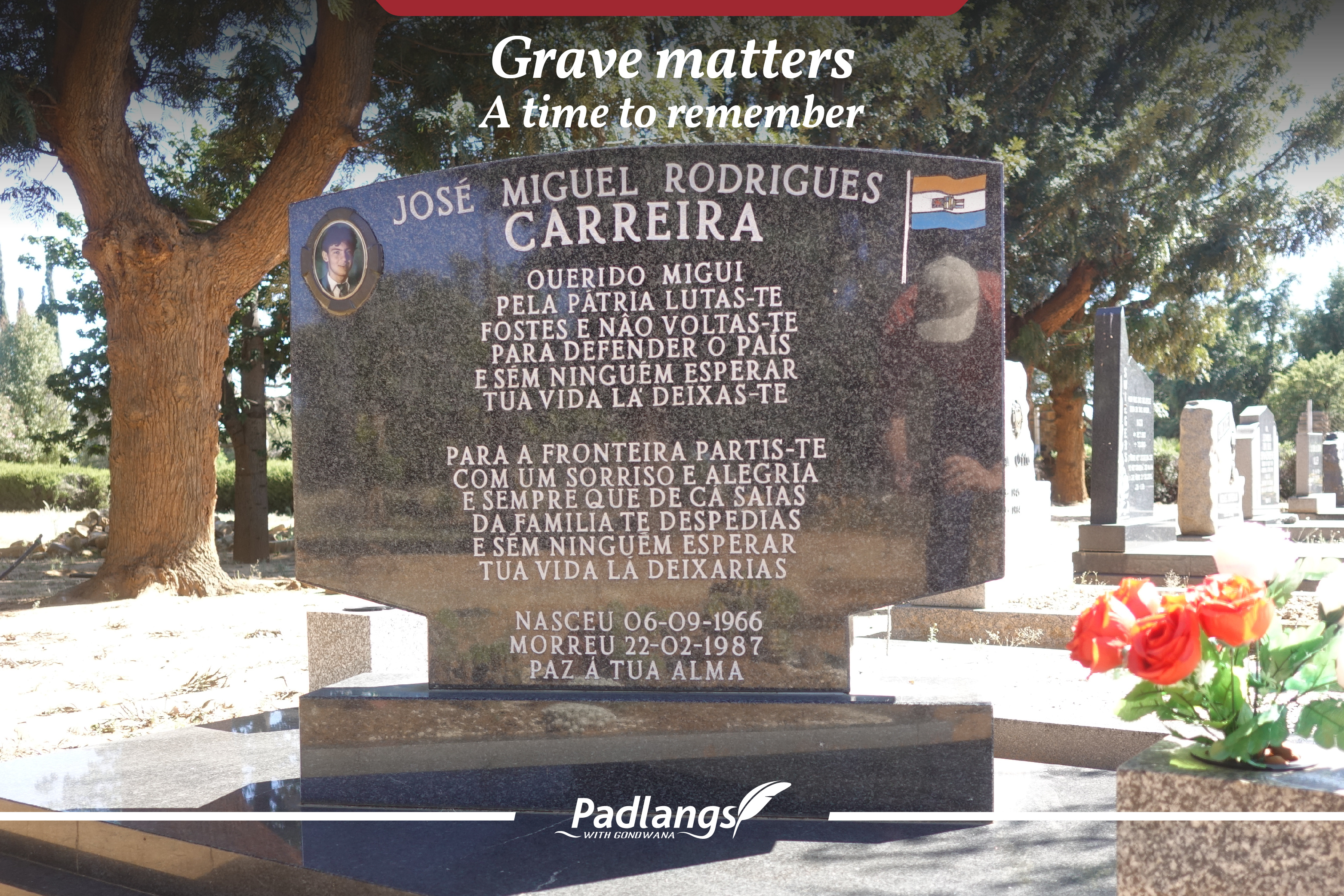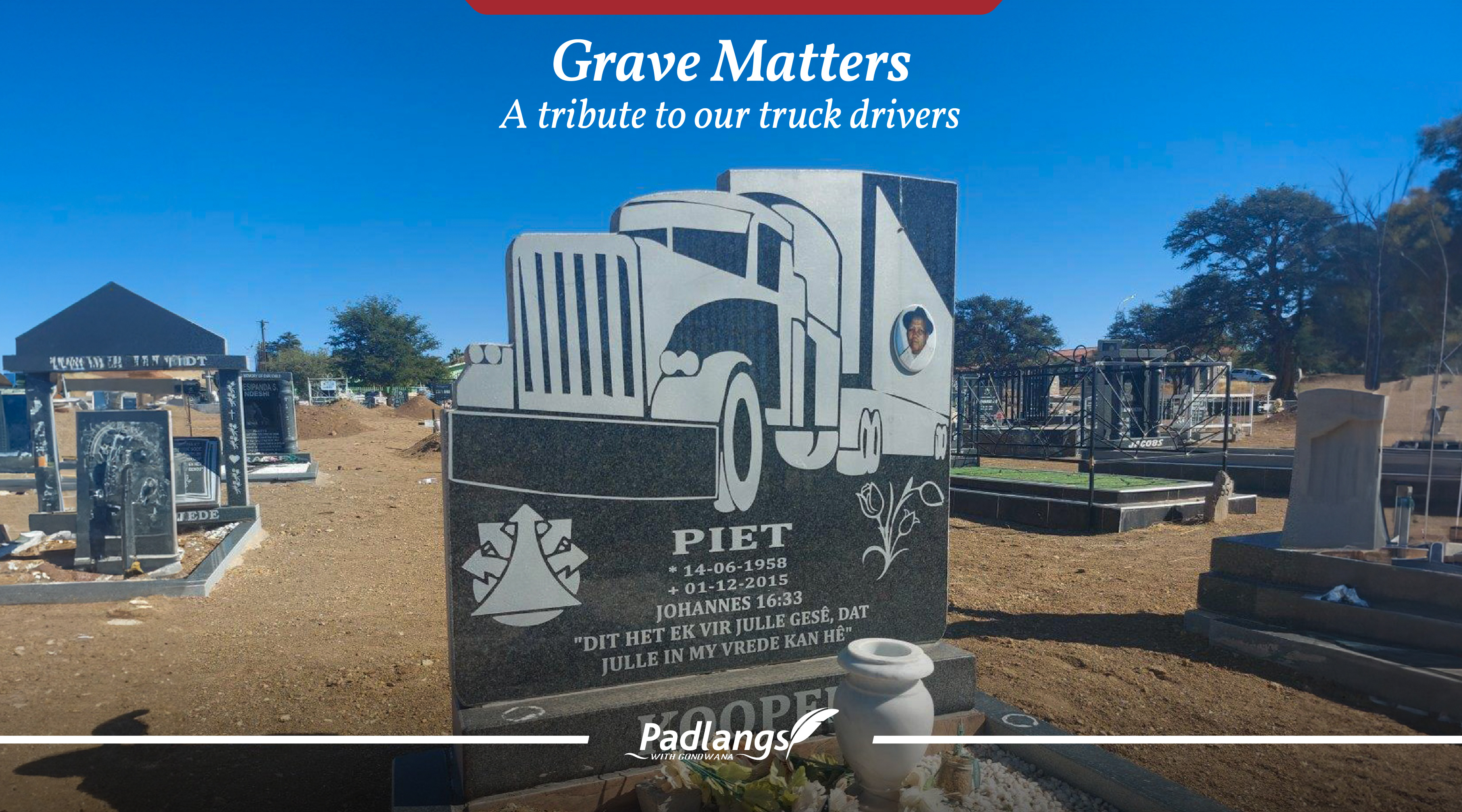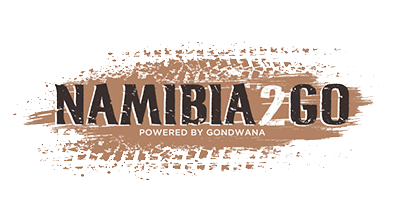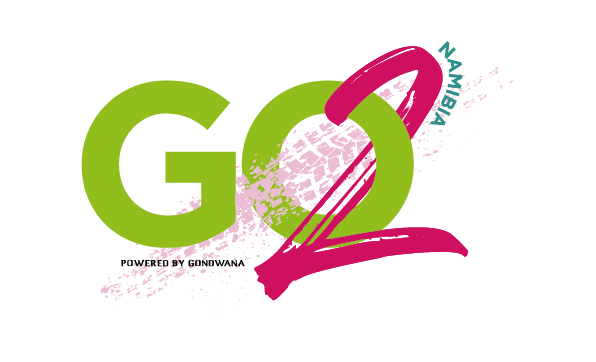The simple sewing machine is often overlooked, but in the 1850s it changed history, empowering women worldwide to be able to step out of the factories where they sometimes sewed by hand for twelve-hour stretches. Sewing machines enabled women to clothe their families and earn a living. The virtue of the sewing machine endures. And some skilled seamstresses even take their sewing machines with them to the grave.

In the 19th century people realised the dire need for a sewing machine. Sewing was a slow process. Every shirt, pair of trousers and trousseau was painstakingly sewn by hand. Although a series of inventors worked on creating the sewing machine, adding their ideas and improvements, two men’s names stand out in the invention of the sewing machine, Elias Howe and Isaac Singer. Howe patented the first proper lock-stitch sewing machine in 1846 and Singer improved on his machine. The sewing rate increased from 40 stitches per minute, the speed of the most proficient seamstress, to 900 stitches per minute. By 1860 the sewing industry had been revolutionised. I.M. Singer & Company opened a factory to manufacture sewing machines and produced an affordable domestic sewing machine that was able to make its way into people’s homes.
The first sewing machine is said to have been brought into the country by Emma Hahn, wife of missionary, Hugo Hahn, in the mid-1800s. Sewing machines, and especially Singers, are still found all over Namibia, solid items of quality that not only changed history and empowered women, but are still a well-used item in many a home.



.png)






.png)

SUBMIT YOUR COMMENT